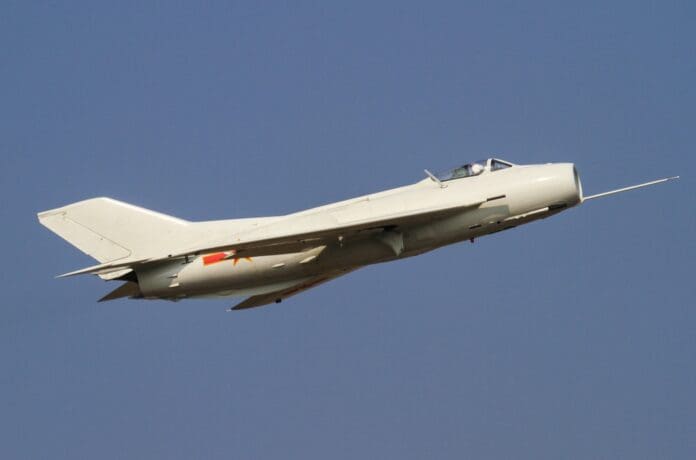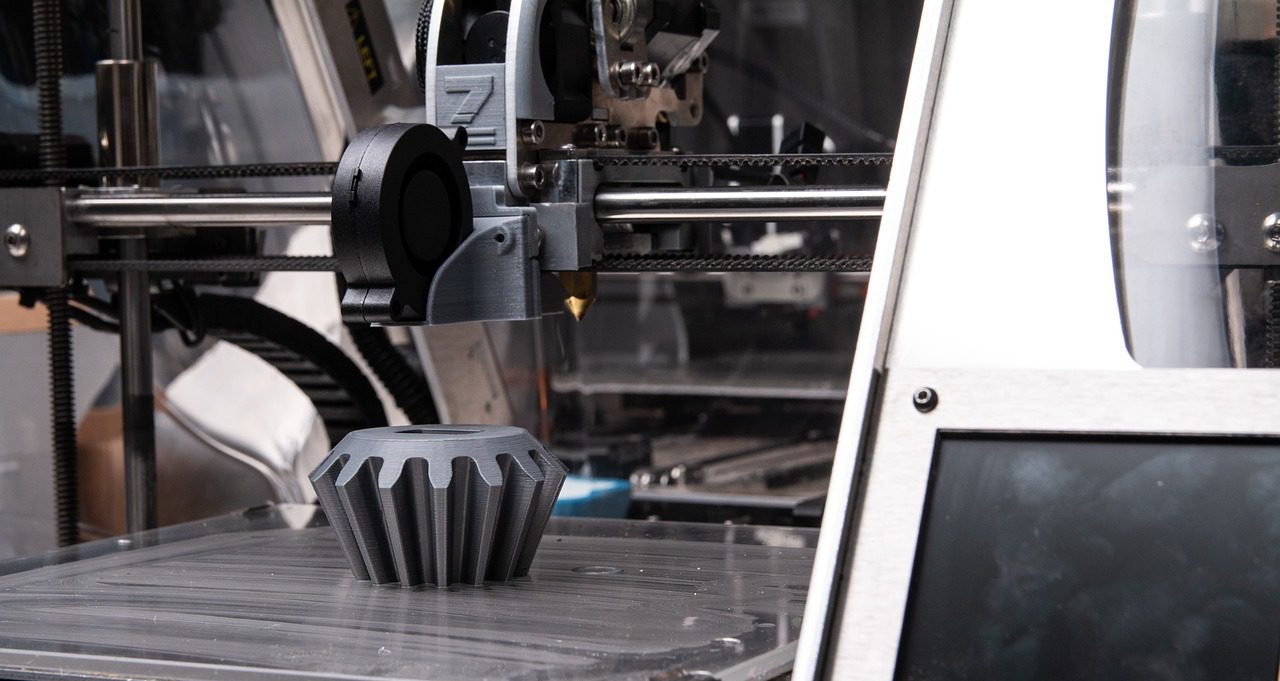This post is also available in:
 עברית (Hebrew)
עברית (Hebrew)
At the Changchun air show in northeast China, engineers displayed combat drones built from retired J‑6 fighters, confirming plans to convert the Cold War–era platform into unmanned strike assets. The conversion keeps most of the original airframe but installs autonomous flight systems and extra weapon stations, a combination that reduces cost and accelerates production compared with designing a new aircraft.
The J‑6 is a second‑generation supersonic fighter with a top speed of about Mach 1.3 (roughly 1,600 km/h), a combat range of about 700 km, and a munitions capacity of around 250 kg. Conversion work removed ejection seats, cannons, and auxiliary tanks, and replaced them with autopilot suites, autonomous flight control, and terrain‑matching navigation, according to South China Morning Post.
Converted J‑6s can fill multiple roles. As reusable strike platforms, they offer higher speed and larger payloads than many small drones. Configured as expendable attack vehicles, they can deliver kinetic or explosive effects directly to targets at supersonic speed. They can also serve as training targets or as decoys to provoke and map radar emissions. Their larger size and higher speed complicate interception relative to small unmanned aerial systems, and their legacy avionics may, in some scenarios, be less susceptible to certain modern electronic‑warfare techniques.
From a systems standpoint, the approach leverages an extensive legacy inventory: thousands of J‑6s were produced in the Cold War era, and a significant number are reported to remain available for retrofit. Repurposing stored airframes into unmanned platforms provides a scalable way to expand strike capacity without the cost and lead time of new production lines.
The repurposing of J-6 fighters into drones illustrates a pragmatic approach to military modernization—maximizing existing resources while expanding operational flexibility. As drone warfare continues to evolve, China’s ability to field large numbers of low-cost, fast-moving platforms could shift the balance in regional conflict scenarios. While the long-term effectiveness of these converted aircraft remains to be seen, their deployment marks a significant step in the PLA’s ongoing efforts to adapt legacy systems for contemporary use.


























